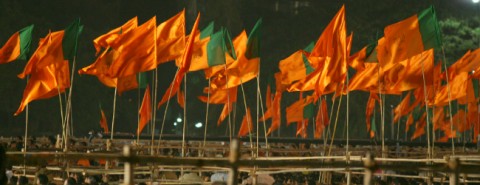Unequal dharmas

Sarva Dharma Sama Bhava: “All dharmas [truths, or religions] are equally valid.” Indians often cite this noble maxim, which was popularized by Mahatma Gandhi, and the country’s constitution remains firmly secular and democratic. In recent years, though, the country’s religious outlook has darkened to the point that minorities—including both Christians and Muslims—face dangers of severe persecution and violence.
The fact that that threat receives little attention in the West says much about our stereotypes of other world religions. If we saw a situation where tens of millions of Christians were being similarly maltreated by a Muslim regime, Western media and policy makers would speak out vigorously. But when the enemies of religious liberty are Hindu, members of a faith that Americans idealize, the public silence is deafening.
Although India’s Christians do not represent a large proportion of the country’s vast population—only about 3 percent—they number about 40 million, comparable to the larger European nations. India’s Christians suffer from multiple disadvantages, especially because so many derive from people of low or no caste or from tribal communities on the margins of Hindu society. Official reluctance to accept the reality of conversions makes it difficult to assess the true extent of Christian numbers.




